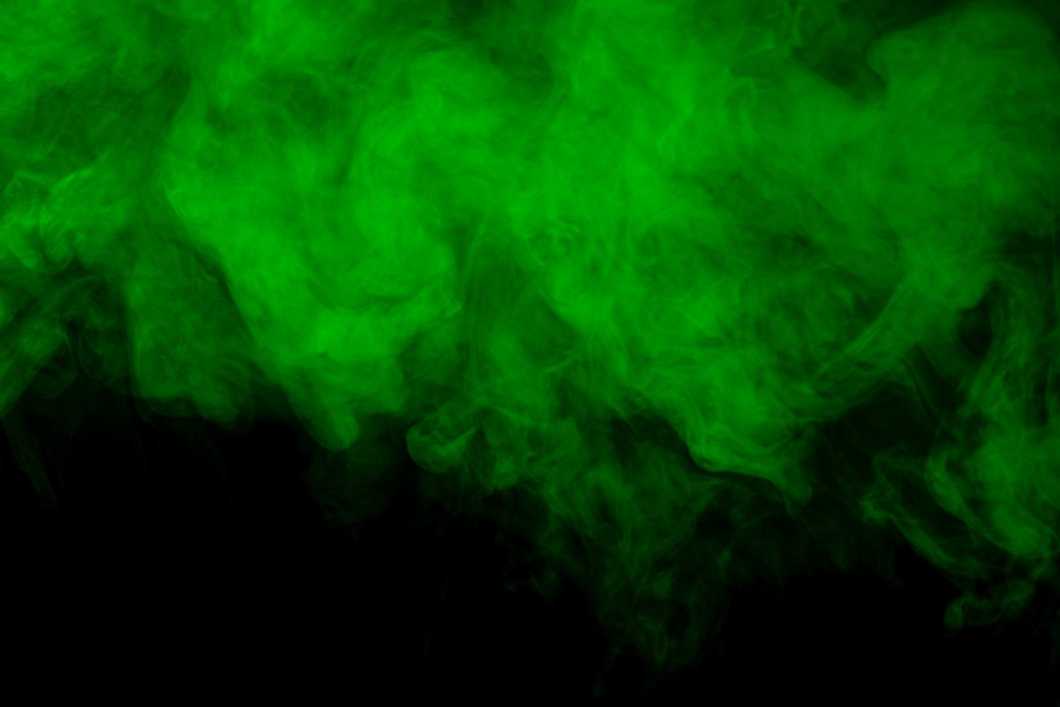GC-ECD analysis
Gas chromatography-electron capture detector (GC-ECD) analysis is used to detect electronegative chemical species in vanishingly small concentrations. It is often used to test for harmful chlorine-containing compounds in water and other environmental samples.

- Fast turnaround times
- Personal service from method experts
- Competitive prices
- Result accuracy guarantee
What is GC-ECD analysis used for?
GC-ECD can detect and measure electronegative chemical compounds, most notably halogens, organohalides, and nitrogen-containing compounds, with extremely high sensitivity. This gives GC-ECD applications in environmental and food analysis, where it is used to screen samples for organochlorinated pesticides and highly hazardous polychlorinated biphenyl compounds (PCBs).
How does the electron capture detector work?
In GC-ECD analysis, a gas chromatography column separates the sample into its individual components, which are then passed through the electron capture detector. The detector uses a radioactive beta particle emitter and a makeup gas. The radioactive isotope releases electrons that collide with the makeup gas, causing more electrons to be released. This creates a current, which is measured by the detector.
Different chemical species will absorb the free electrons in different amounts, causing a drop in the current. The observed drop can be used to determine which compounds are present, and in what concentrations.
GC-ECD vs. GC-FID
The flame ionization detector used in GC-FID analysis is considerably less selective than the ECD and can therefore be used to detect a wider variety of organic compounds. While the high selectivity of GC-ECD limits applications to a more limited array of compounds, it can be up to 1,000 times more sensitive than GC-FID, thus being able to detect them in far lower concentrations.
Suitable sample matrices
- Water, air & soil
- Plant matter
- Food products
Ideal uses of GC-ECD
- Detecting organohalides
- Testing for PCBs
- Measuring pesticide concentrations
Ask for an offer
Fill in the form, and we'll reply in one business day.
Have questions or need help? Email us at info@measurlabs.com or call our sales team.
Frequently asked questions
GC-ECD is a highly sensitive method for detecting certain harmful pollutants, such as PCBs and organochlorinated pesticides.
The electron capture detector is highly selective for electronegative compounds, being unable to detect other analytes.
Measurlabs offers a variety of laboratory analyses for product developers and quality managers. We perform some of the analyses in our own lab, but mostly we outsource them to carefully selected partner laboratories. This way we can send each sample to the lab that is best suited for the purpose, and offer high-quality analyses with more than a thousand different methods to our clients.
When you contact us through our contact form or by email, one of our specialists will take ownership of your case and answer your query. You get an offer with all the necessary details about the analysis, and can send your samples to the indicated address. We will then take care of sending your samples to the correct laboratories and write a clear report on the results for you.
Samples are usually delivered to our laboratory via courier. Contact us for further details before sending samples.